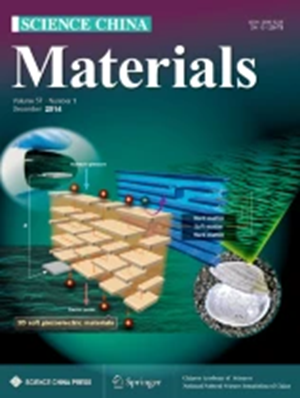Phase change materials (PCMs) have attracted significant attention in thermal management due to their ability to store and release large amounts of heat during phase transitions. However, their widespread application is restricted by leakage issues. Encapsulating PCMs within polymeric microcapsules is a promising strategy to prevent leakage and increase heat transfer area with matrices. Moreover, photothermal PCM microcapsules are particularly desirable for solar energy storage. Herein, we fabricated photothermal PCM microcapsules with melamine-formaldehyde resin (MF) as shell using cellulose nanocrystal (CNC) and graphene oxide (GO) co-stabilized Pickering emulsion droplets as templates. CNC displays outstanding Pickering emulsifying ability and can facilitate the fixation of GO at the oil-water interface, resulting in a stable CNC/GO co-stabilized PCM Pickering emulsion. A polydopamine (PDA) layer was coated in-situ on the emulsion droplets via oxidization self-polymerization of dopamine. Meanwhile, GO was reduced to reduced GO (rGO) due to the reducing ability of PDA. The outmost MF shell of the PCM microcapsules was formed in-situ through the polymerization and crosslinking of MF prepolymer. The resulted PCM@CNC/rGO/PDA/MF microcapsules exhibit uniform sizes in the micrometer range, excellent leakage-proof performance, high phase change enthalpy (175.4 J g−1) and PCM encapsulation content (84.2%). Moreover, the presence of rGO and PDA endows PCM@CNC/rGO/PDA/MF microcapsules with outstanding photothermal conversion performance. The temperature of PCM@CNC/rGO/PDA/MF microcapsule slurries (15wt.%) can reach 73°C after light irradiation at 1 W cm−2. Therefore, photothermal PCM@CNC/rGO/PDA/MF microcapsules are promising for solar energy harvesting, thermal energy storage, and release in various applications, such as energy-efficient buildings and smart textiles.



